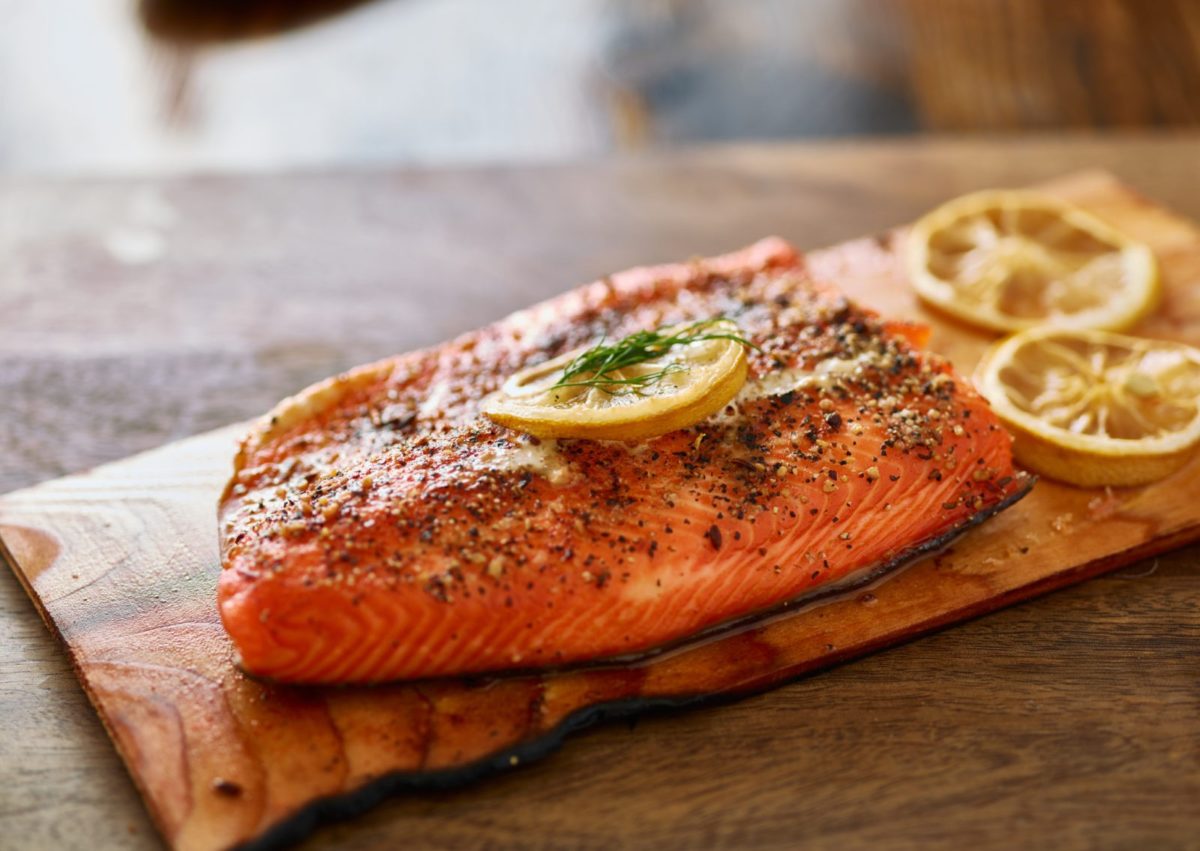Putting Cleanup Goals in Perspective: Nicole Ott Presents on Fish Consumption and PCBs in Other Foods at SMWG
A common route of human exposure to contaminants such as polychlorinated biphenyls (PCBs) is from eating fish. Because of this, cleanup goals at Superfund megasites have reached increasingly low levels, requiring billions of dollars to be spent to make a site as clean as possible and reduce contaminant concentrations in fish. But do the increasingly low cleanup goals really reduce risk to humans? What if other dietary sources contribute more risk?

During the presentation titled “Examining Fish Tissue Target Levels Relative to Market Basket PCB Intake,” Ms. Ott will compare PCB data for fish and other foods measured in a “market basket” (i.e., items from grocery stores where consumers shop) to tissue targets for resident fish from Superfund sites. Two recommendations are to consider risk from dietary intake of non-site food when developing cleanup goals and to address non-site food quality in risk communication.
Ms. Ott is an environmental scientist with more than 15 years of experience on sediment and upland sites impacted by PCBs, dioxins/furans, PAHs, and metals and under the regulatory authority of CERCLA or the Model Toxics Control Act.
For more information, contact Nicole Ott at nott@integral-corp.com or Bridgette DeShields at bdeshields@integral-corp.com.

